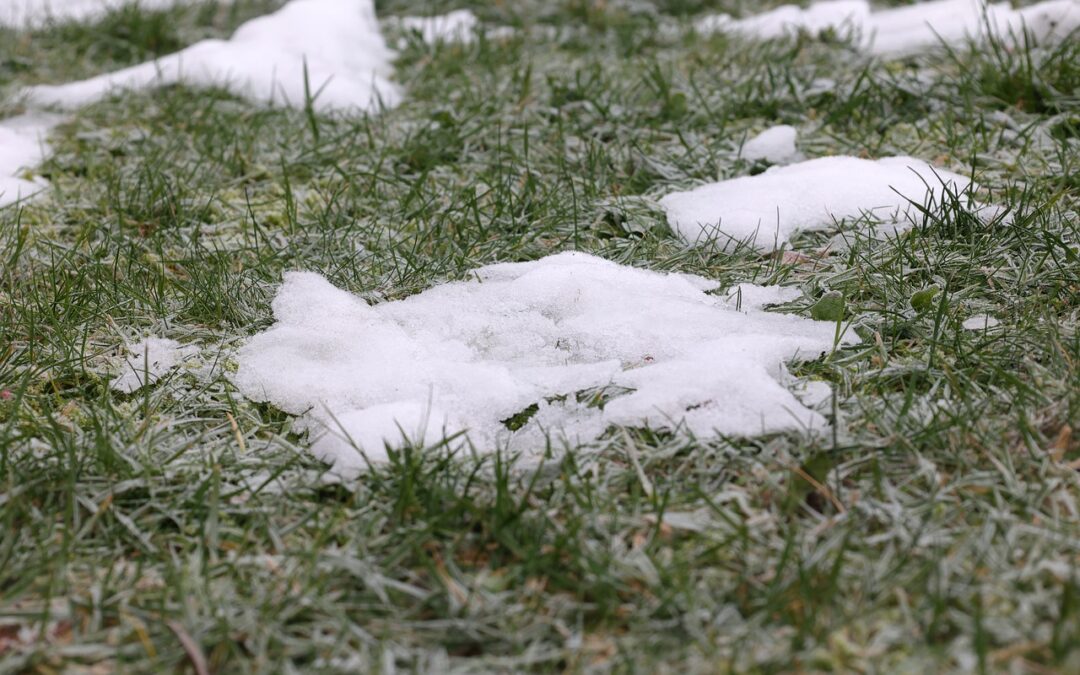The Winter Olympic Games have become an international multi-sport event organized every four years by the International Olympic Committee (IOC). These games are focused on the practice of snow and ice sports such as skiing, snowboarding, biathlon, bobsleigh or sledding, curling, hockey, lunge and skating, among others.
This event has been organized since 1924. Since then, the games have been held in different locations such as Sankt-Moritz, Albertville, Sapporo, Calgary, Vancouver and Sochi. Its last edition was held in 2022 in the city of Beijing, China, and was the first time in history that the event started without a single natural snowflake falling from the sky. A study by the University of Waterloo in Canada indicates that, if the trend in greenhouse gas emissions of the last two decades continues, only one of the 21 previous venues could return to host the winter games under natural conditions.
Climate change and artificial snow
Since the 2006 edition in Turin, there have been three occasions where the average temperature during the entire event did not fall below 0°C. It is estimated that this situation will occur again during the 2024 edition, which will be held at Milan-Cotina d’Ampezzo.
According to an article published in the Spanish newspaper La Vanguardia, the temperature in former hosting cities has increased by 0.4°C between the 1920s and 1950s, 3.1°C between the 1960s and 1990s, and 6.3°C from the 1990s to the present. This scenario makes it more and more difficult to assign a city that can host this event.
Even under an optimistic scenario, only eight hosting cities could repeat the organization of the games if the ambitious goal of the Paris Agreement is met, which is to reduce global emissions to limit the increase of the planet’s temperature by 2°C. The panorama is very blurry, or more accurately, very warm.
Due to the conditions described above, artificial alternatives have been chosen, which seem to offer a solution to the lack of snow at the host cities. During the last edition, in Beijing, the games were held for the first time entirely with artificial snow. This process consists of spraying large quantities of pulverized water through machines which consume huge amounts of energy, usually produced by burning fossil fuels.
As if this was not enough, approximately 35% of the water used is wasted, since before crystallizing it evaporates, is windblown or infiltrates into the ground. This scenario, far from being a solution, increases the effects of climate change, thus causing a snowball effect. In this case, paradoxically, an artificial snowball.
To achieve this, according to an article published in The New York Times, China had to flood a dry stream riverbed, divert water from a major reservoir that supplies Beijing, and relocate hundreds of farmers and their families. Specifically, it is estimated that about one million cubic meters of water, equivalent to 400 olympic-sized swimming pools, were used for the event in Beijing. This has certainly caused a significant environmental impact.
Other risks
Artificial snow has also generated other problems beyond the environmental aspect. Athletes claim that the competition conditions caused by artificial snow are much more unfavorable and, even worse, more unsafe.
Artificial snow offers different conditions than natural snow. The higher moisture content causes more compact and dense layers of snow, which quickly turn into ice, changing the original conditions for the practice of winter sports. According to an article published by the newspaper Marca, many testimonials from athletes claim that artificial snow is more similar to ice. This leads to gain greater speed and increases the risk of serious injuries. An accident in artificial snow would be more similar to crashing into a solid concrete surface.
Accidents such as collisions with fences, heavy collisions against ice sheets and loss of control while cornering are becoming more and more frequent on these surfaces. According to the Newsweek website, reports range from leg, shoulder and rib fractures to more serious injuries such as pneumothorax or punctured lungs. The fact is that the artificial snow made for these sports is placed only on the slopes, which means that the surrounding areas are now rocky and dry areas which are no longer covered by layers of smooth snow, capable of cushioning a bit the accidents.
The International Olympic Committee has committed to a set of environmental and sustainability commitments that are worth to analyze carefully. Is the organization of the Olympic Winter Games aligned with these commitments? We can’t know for sure. What is undeniable is that we must consider the impact of climate change on the development of any type of commercial activity and that, as of today, the future of this event is uncertain.

